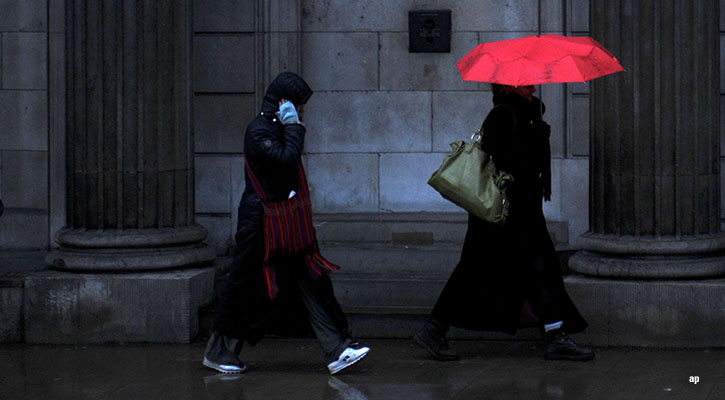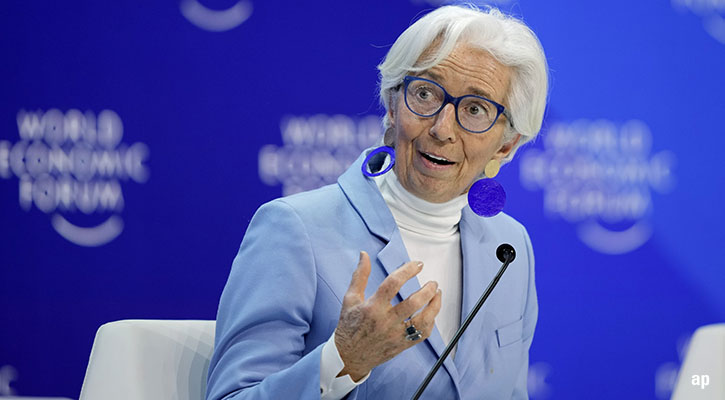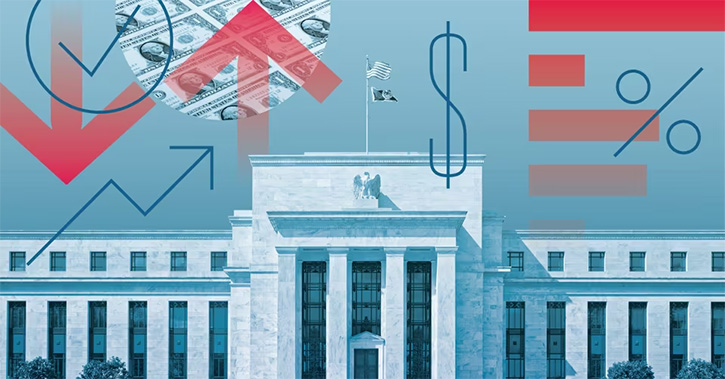.jpg)
Until recently, there was a whole generation of investors who only knew high inflation from textbooks. Having been largely forgotten for the better part of a decade, rising consumer prices reappeared during the pandemic before being shot into overdrive as the Ukraine war threw a spanner into global supply chains.
By now, inflation looks to have peaked, receding from highs of 10% at year-end to 8.5% in February. The trend in the right direction is good news. Extended periods of high inflation can wreak havoc for the economy by driving a vicious circle in which businesses scramble to increase prices and workers seek high cost-of living wage increases. Prices remain way above normal levels, so we are not out of the woods yet. Here's how investors should position themselves for the event that inflation persists for longer.
Why is Inflation Falling Now?
Fuel and food were the two largest components of 2022's inflation spike, comprising roughly half of that 10% level reached in December. Russia throttled oil and gas exports, sending countries scrambling to outbid each other for alternative suppliers. Thankfully this dynamic is abating as a reasonably warm winter draws to an end, and Europe’s supplies are looking more secure than they were a few months back. You may even be receiving emails from your energy provider, as I did just the other day, informing of tariff reductions as of April 2023-- certainly a welcome development.
The pain at the pump came hand in hand with shock in the grocery aisle. In the Netherlands, where I am writing from, food prices were almost 18% higher in January of this year then the same month in 2022. Unlike with energy, there have been no signs of a stark reversal in this trend; however, economists are confident that one will come, and we agree for two reasons.
1) The onset of the Ukraine war caused havoc to food supply chains, with Ukraine producing 10-15% of the world’s corn and wheat prior to the conflict. As supply was cut off from the region, western economies sourced alternative grains from other parts of the world, raising prices there and causing a domino effect as former purchasers of those crops also had to look to cheaper alternatives. One year later, commodity traders and customers have had time to source more effectively, the savings from which should be slowly making their way to consumers.
2) Freight rates, which were shot into orbit by the global pandemic and the supply chain bottlenecks that followed, are slowly beginning to come back to earth. In some instances, the cost to ship containers from China to Europe, on average $1,800 pre-pandemic, shot up to ten times this level at their January 2022 peak. This sent the price of goods spiraling to a point where some producers opted to fly goods instead, as air freight rates were roughly the same. By early 2023, container rates had dropped below their long-term average-- these lower costs for producers and retailers should ultimately make their way to store shelves.
If Inflation is Falling, Then What's the Problem?
In a word: core inflation. Last year's climb into double-digit inflation was primarily propelled by food and energy prices. Core inflation is what's left when you strip those out, and while it stands at a much more manageable 5.6% in the Eurozone, it is notoriously sticky. The latest reading actually showed an increase in February, and as workers’ unions across the region sit down to negotiate wage packets this year, we could see core inflation rise again. It could take a number of years before we see inflation return to levels near the 2% targeted by central banks.
Prepare for Persistent Inflation
According to the ECB, professional forecasters believe that inflation in the Eurozone will be close to 6% this year, falling to less than half that level next year. That means we are looking at elevated levels of inflation for the best part of a year, and that is the optimistic scenario. “Expect the best, prepare for the worst” was a phrase coined by Muhammed Ali Jinnah (the founder of Pakistan, not the boxer). It’s a phrase that investors should heed when going about stock selection this year, with one eye on the problem of inflation, and the likelihood that it may linger for longer. There are ways to incorporate inflation protection into equity portfolios, primarily through the addition of stocks that:
- Operate with inflation-linked contracts/pricing, such as telecom tower operator Inwit (INW)
- Stocks with brand and pricing power that can effectively pass through cost increases to customers-- think luxury goods retailers.
- Stocks that can actually benefit from inflation, such as low-cost energy producers in the utility and energy sectors.



























